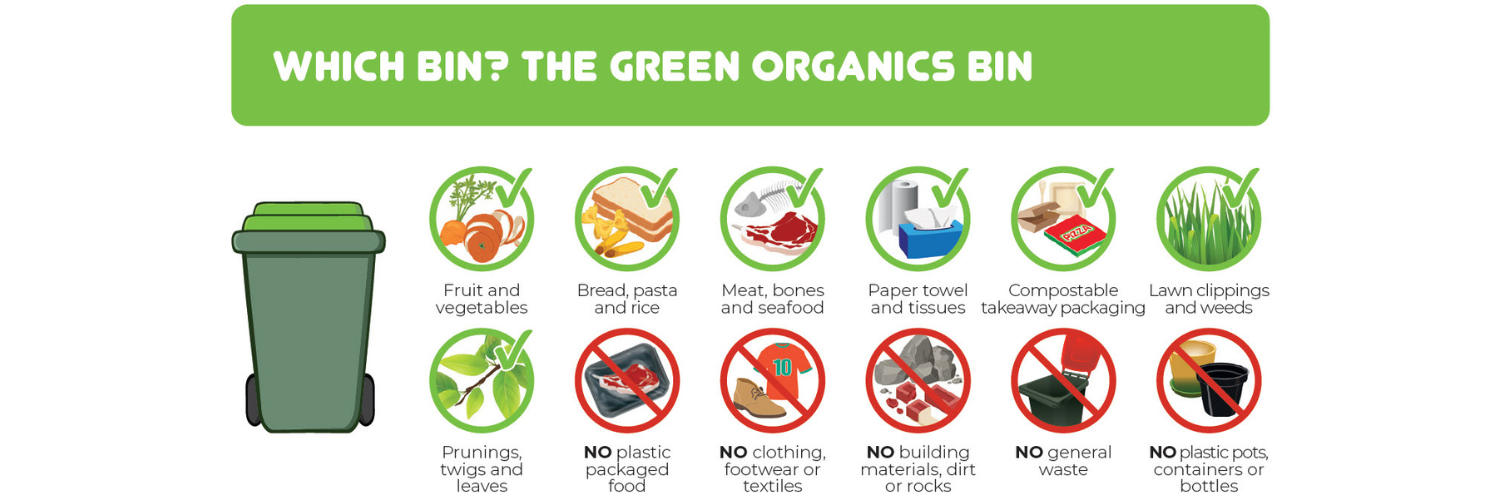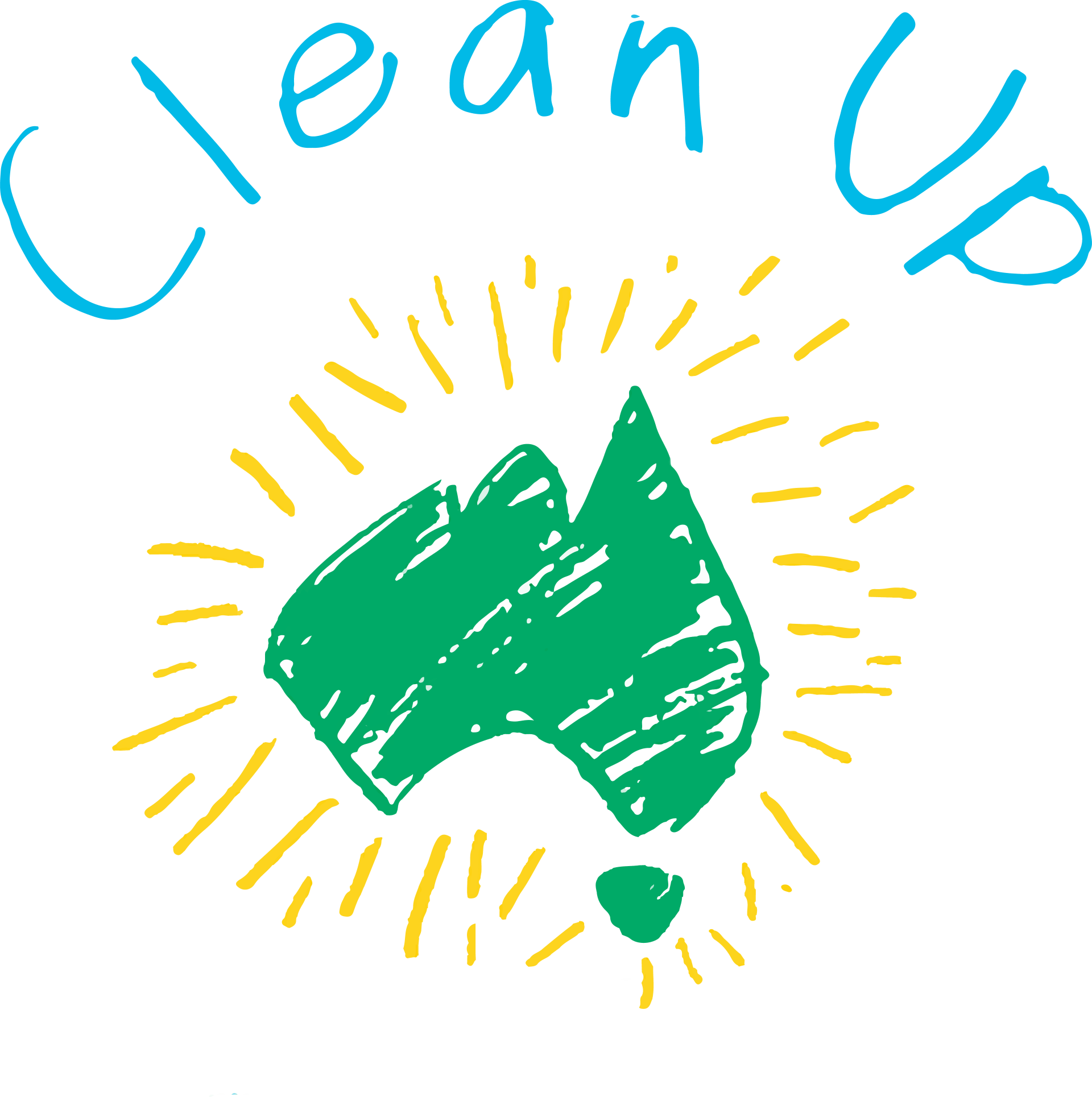Breaking down composting in South Australia
A state focus on best practice for composting via kerbside bins in South Australia.

Deciphering which items can go in which bin can be difficult, especially with varying kerbside programs across councils in South Australia. Council research shows approximately 40% of landfill in South Australia is compostable waste like food scraps. So, let’s break it down and make composting easy!
What is composting?
Composting is the breakdown of organic (previously living) substances.
The process
After compostable items are disposed of in the green bin which gets collected, it is taken to a commercial composting facility, either Jeffries or Peats in South Australia. The matter is then processed via mixing, aerating, composting, and filtering, and made into mulch, compost, and soil products to be used on South Australian gardens, vineyards, and farms.
A handy resource
For South Australians, there is a very helpful resource called Which Bin SA. This website has an A-Z outline of how to appropriately dispose of items, whether it be through your own home composting system, or through the council composting, recycling, or general waste programs.
As outlined on the website, items that can go in your green composting bin include:
KITCHEN
- All food scraps – no matter their state (e.g. mouldy)
- Fruits
- Vegetables
- Bread
- Dairy products like cheese
- Protein products like meat, bones, seafood, eggs
- Plants
- Coffee grounds, tea bags (no labels, staples or glossy layers) or loose-leaf tea
- Cardboard and paper food packaging like egg cartons, pizza boxes, paper straws/bags
BATHROOM
- Paper towels
- Tissues
- Nail clippings
- Hair
OFFICE
- Pencil, sawdust, and other untreated wood shavings
- Sticky notes
- Small pieces of paper (not suitable for recycling)
OUTDOOR
- Pet waste (wrapped, for example in newspaper) and fur
- COLD ash and charcoal (make sure these are in fact cold, as warm or hot ash can result in fires)
- Anything from the garden
- Bark
- Small logs
- Sticks
- Leaves
- Lawn clippings
- Weeds
- Flowers
MISCELLANEOUS
- Certified compostable products NOT to be confused with biodegradable products
Compostable vs Biodegradable
The difference between a certified compostable and a biodegradable product is the way in which it breaks down. Something that is compostable is typically made from plant-based materials which can break down in an environmentally friendly way. In comparison, biodegradable products have additives that may take several decades to break down into smaller plastic pieces. A simple way to deduce whether it can be composted is to ask yourself “was it previously living or growing?”
Unless product packaging is certified compostable, remember to remove packing before disposal, particularly if it is plastic, as this will contaminate the compostable items, making it a very expensive process to filter. On the flip side, disposing of your organic waste through landfill (general waste) programs results in the release of methane, which negatively contributes to the environment as a greenhouse gas.
What if it smells?
If there are concerns about the smell of all these scraps in your green bin, there are some ways to combat this.
- Place dry items at the bottom of the bin. For example, lining it with dry leaves, pizza boxes, newspaper, shredded paper, or egg cartons. This will help prevent food from sticking to the bottom and ensure the bin is completely emptied when collected.
- Have alternate layers of materials in the bin, such as dry items like leaves, sugarcane mulch or paper towels in between food scraps. This will help decrease moisture and odours.
- Position your green bin under shade.
- On dry days, open the lid of the bin for a short period to allow for air circulation.
- Even if it is not full, ensure your green bin is put out before the allocated collection time, typically every fortnight or potentially every week depending on your council.
If we break it down…
If we break it down, composting is something we can all do whether through our own home composting system or through the green council bin. Hopefully this breakdown provides a bit of clarity around composting through the green bin in South Australia, so we can all dispose of items appropriately, reduce unsuitable materials in landfill, and minimise greenhouse gas emissions.
By Elizabeth Taddeo
Search for other blog topics:


